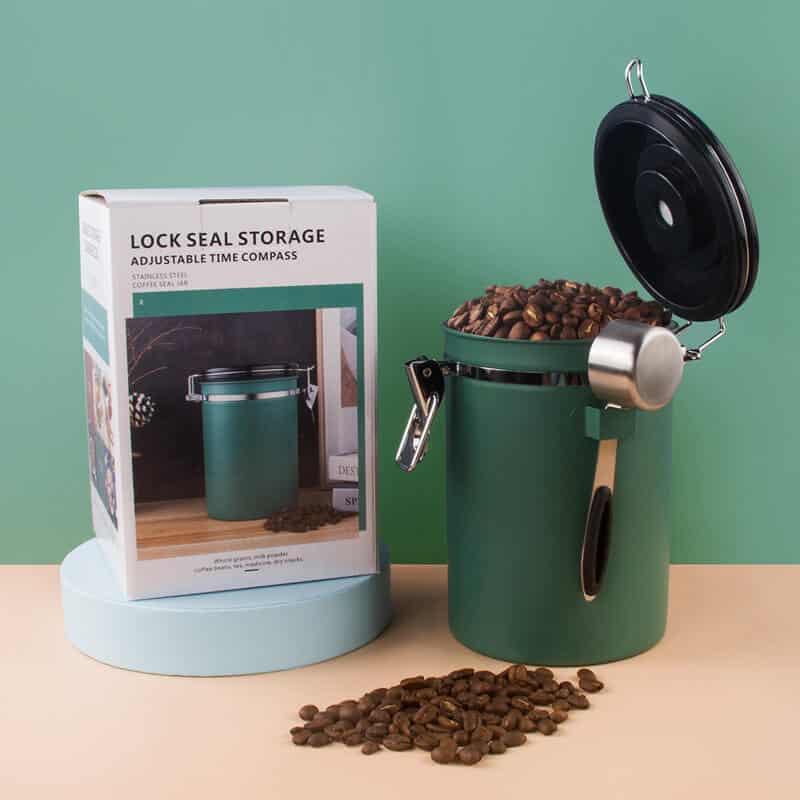Introduction
Coffee is an essential part of people’s daily routine. However, not many people know that coffee has a shelf life. Fresh coffee beans or grounds can lose their flavor and aroma over time if they are not stored properly. In this article, we will explore how long coffee lasts in an airtight container.
Factors that Affect Coffee Shelf Life
Several factors can impact the shelf life of coffee. Oxygen, moisture, and light exposure can all cause coffee to degrade quickly. Oxygen is one of the biggest culprits when it comes to coffee degradation. The exposure of coffee beans or grounds to oxygen can cause them to lose their flavor and aroma. Moisture can also be problematic since it can lead to mold growth on the coffee. Finally, light exposure can cause coffee to go stale quickly.
The process of roasting coffee beans also affects shelf life. Roasting coffee beans releases oils and gases that are responsible for its aroma and flavor. However, these oils and gases are also volatile and can evaporate over time. The longer roasted coffee beans are exposed to air, the faster they lose their flavor and aroma.

Benefits of Using Airtight Containers
Airtight containers can help preserve the freshness of the coffee. By removing oxygen from the equation, airtight containers can slow down the degradation process of coffee. Airtight containers can also prevent moisture and light exposure, which are also factors that can cause coffee to go stale. There are different types of airtight containers available on the market, such as glass jars, plastic containers, and vacuum-sealed bags. Glass jars can be an attractive option since they are both airtight and reusable. Vacuum-sealed bags are also an excellent option since they remove oxygen from the container, which can help preserve the freshness of the coffee.
How Long Does Coffee Last in Airtight Containers?
The general shelf life of coffee in an airtight container is around two weeks. However, the shelf life can vary depending on the type of coffee and the storage conditions. For example, whole bean coffee tends to last longer than ground coffee since it has less surface area exposed to air. Coffee stored in a cool, dry place away from light will last longer than coffee exposed to light and humidity.
Signs that Your Coffee Has Gone Bad
There are several ways to tell if your coffee has gone stale or bad. The most noticeable sign is a loss of flavor and aroma. If coffee smells and tastes dull or flat, it’s probably gone stale. Another sign of stale coffee is the appearance of mold or a slimy film on the beans or grounds. If you notice any of these signs, it’s time to toss out the coffee and brew a fresh batch.
Conclusion
In conclusion, proper storage in an airtight container is essential for preserving the freshness and flavor of the coffee. Airtight containers can help slow down the degradation process of coffee by removing oxygen, moisture, and light exposure. The shelf life of coffee in an airtight container is around two weeks, but it can vary depending on the type of coffee and the storage conditions. Ground coffee tends to go stale more quickly than whole bean coffee, and coffee stored in a cool, dry place away from light and moisture will last longer than coffee exposed to these elements. Signs of stale coffee include a loss of flavor and aroma, as well as the appearance of mold or a slimy film on the beans or grounds. By following the tips outlined in this article, you can ensure that your coffee stays fresh and flavorful for as long as possible.

